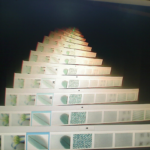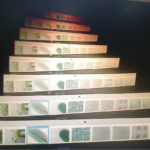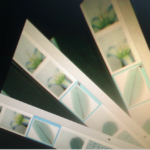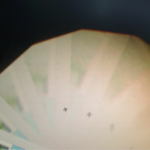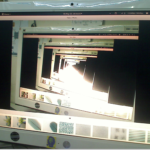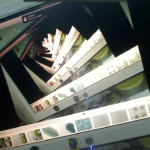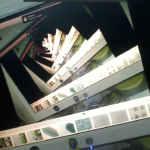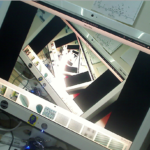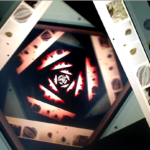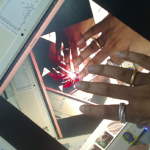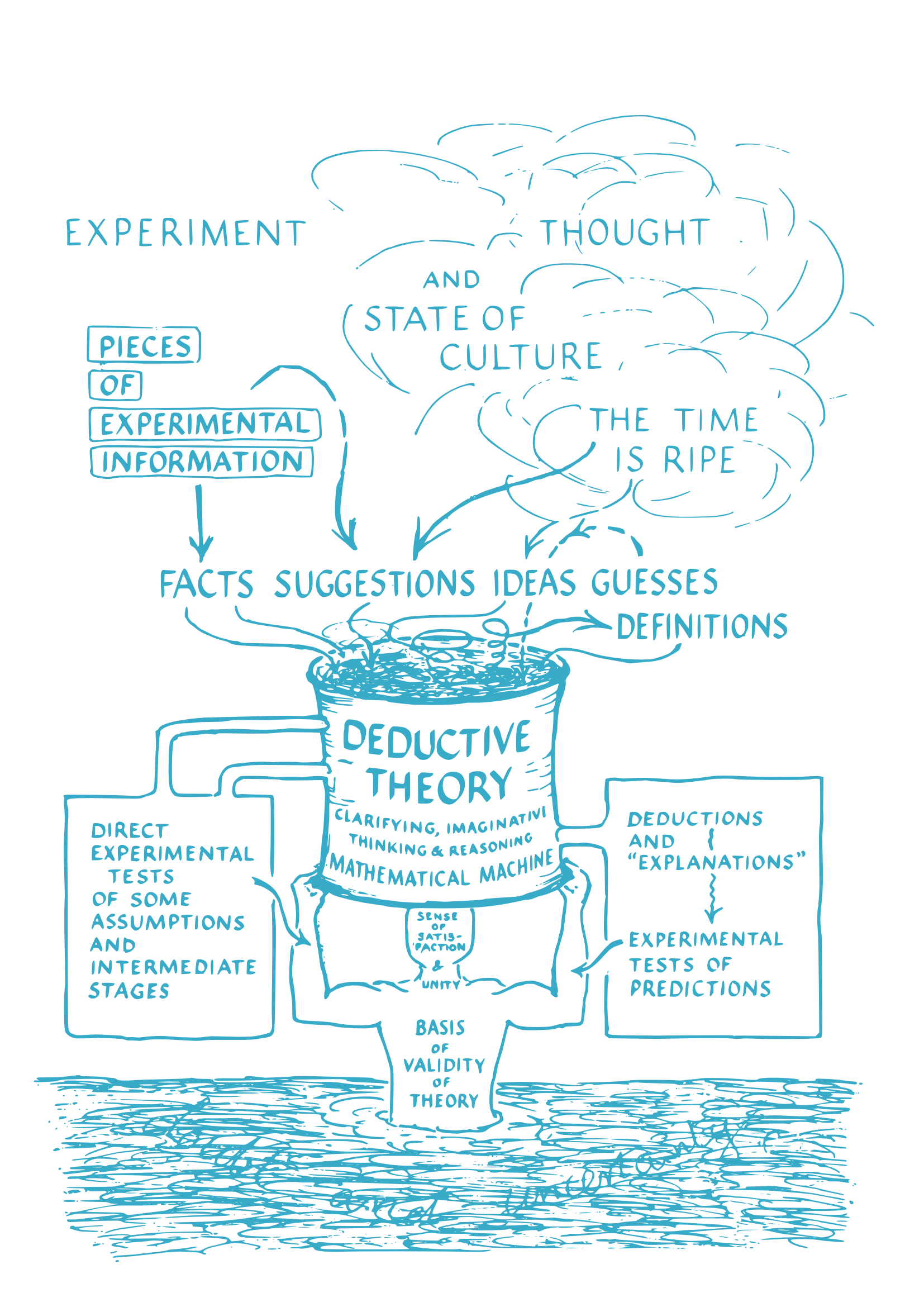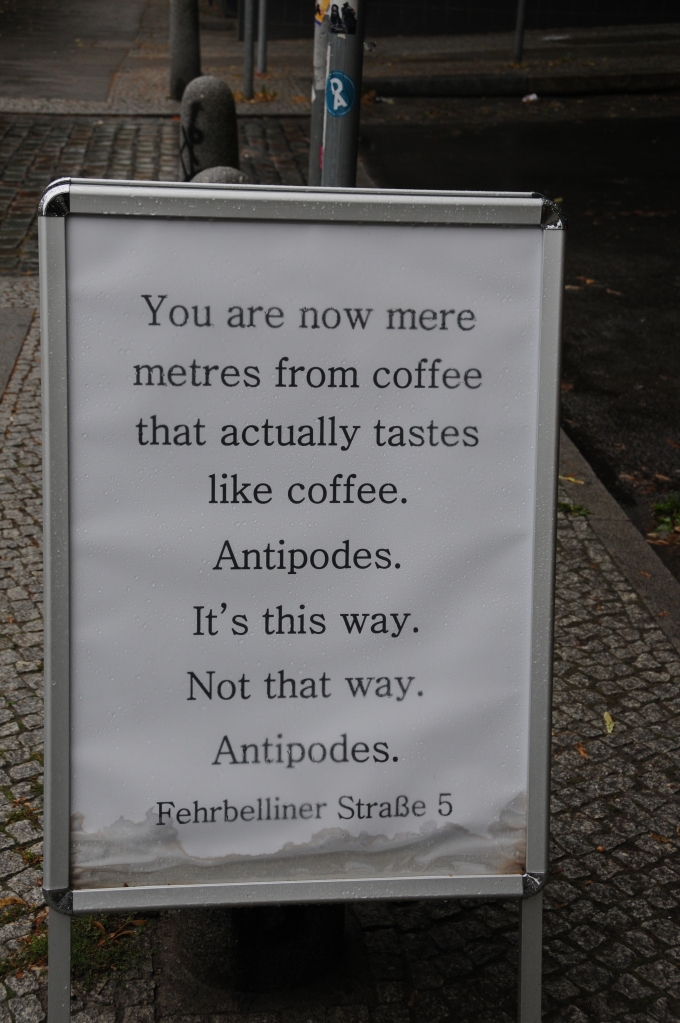Part 1

The toilet flush is one of the simplest and common feedback mechanisms that we find. There is a float which rises with the water level which controls the inflow of water. After a certain height is reached the water inflow is stopped. Do we attribute intentionality to the water flush? We usually do not. And this is the theme that Hofstadter explores in Chapter 4 Loops, Goals and Loopholes.
But what kinds of systems have feedback, have goals, have desires? Does a soccer ball rolling down a grassy hill “want” to get to the bottom? 52
We anthropomorphize objects and impart them our human attributes. Adding a “purpose” or a “goals” to any system is considering it from a teleological perspective. Teleology is the explanation of phenomena by the purpose they serve rather than by postulated causes. Considering examples of variations on this theme, we can say that answer to the above question is not clear cut. There are no black-and-white answers but are judgment calls. We tend to move towards the idea of teleology and intention for a system when the feedback mechanisms are not directly perceptible.
Among other examples, Hofstadter considers plants which in normal time will appear to be static and without any “goals”. But a time-lapse of the same would show that they have “goals” and “intentions” and use strategies to achieve them.
The question is whether such systems, despite their lack of brains, are nonetheless imbued with goals and desires. Do they have hopes and aspirations? Do they have dreads and dreams? Beliefs and griefs? 53
The claim is made that presence of a feedback loop in a system, triggers in us a response which shifts the description from a goalless level of mechanics to a goal-oriented level of some cognitive mechanism. Things have the desire to move!
So far we have considered basic feedback loops. Now we move onto a more complex idea of a positive feedback loop. In a positive feedback loop, a part of the output of the system goes into increasing the output by a certain factor. With each iteration the output increases, which causes the next output to increase even more. A small change in input can cascade into a very large change (exponential) in output.
Perhaps the most common example of a positive feedback loop is the unpleasant, high pitch sound one hears in an auditorium or a meeting. This happens when a microphone gains some of its output as an input and produces an ever increasing pitch and volume of the input sound. An example is given below:
Now one can imagine that due to the exponential nature of growth, any little disturbance in such a system might lead to a sound which will eventually destroy everything.
In theory, then, the softest whisper would soon grow to a roar, which would continue growing without limit, first rendering everyone in the auditorium deaf, shortly thereafter violently shaking the building’s rafters till it collapsed upon the now-deaf audience, and then, only a few loops later, vibrating the planet apart and finishing up by annihilating the entire universe. What is specious about this apocalyptic scenario?
But this is a fallacious argument. The first fallacy is the physical nature of the setup and the amplifier in our scheme of things. If the roof falls, it will destroy the amplifier too! The second case is the nature of the amplifier, it doesn’t amplify in an unlimited way. After a certain gain, due to the physical design, the amplification becomes equal to unity and the system stabilizes at its natural frequency. It so happens that the natural high frequency of an audio amplifier is close to a high pitch scream. This is achieved by the system tends to go towards that pitch in series of rapid iterations. These are the screeching high pitch oscillations that we hear. It seems the systems “wanted” to go there, the stable point of its existence. Thus we see that
Similarly, we can also “see” visual feedback loops, when the output of a camera is given back to the camera. This can be most easily setup by pointing the camera towards a screen which is showing a live output of the camera. The cover image of the book is one such image, captured during Hofstadter’s “experiments” with the visual feedback system. One of the difference, in this case, is that the camera is not an amplifying device, it just transmits. Yet the pictures it produces are bizarre and beautiful. Seeing images of video feedback gives one a sense of mystery and wonder. There is some inherent beauty in it, yet it seems un-natural to watch.
Feedback — making a system turn back or twist back on itself, thus forming some kind of mystically taboo loop — seems to be dangerous, seems to be tempting fate, perhaps even to be intrinsically wrong, whatever that might mean. 57
Shifting gears, we get a Hofstadter’s introduction to Gödel when he was fourteen. What intrigued him was the thought that one could have an entire book about a single book. The book was Nagel and Newman’s Gödel’s Proof, published in 1958. Hofstadter wrote the introduction to the new imprint in 2001. He was fascinated by footnote on formal use of quotation marks.
So here was a book talking about how language can talk about itself talking about itself (etc.), and about how reasoning can reason about itself (etc.). I was hooked! I still didn’t have a clue what Gödel’s theorem was, but I knew I had to read this book. 58
This is something that happens to me too. Some time back (almost a decade now) I had posted about books attracting me. Perhaps it happens to many people.
We next look at famous Russel’s Paradox. One of the examples derived from it is Barber’s Paradox
The barber is the “one who shaves all those, and those only, who do not shave themselves.” The question is, does the barber shave himself? [.]
There is also a loop here and there is contradiction too.
This loophole (the word fits perfectly here) was based on the notion of “the set of all sets that don’t contain themselves”, a notion that was legitimate in set theory, but that turned out to be deeply self-contradictory. 60
Russell tried to overcome this by formally re-defining the concepts of sets to save this, but it didn’t work out well. Rather it became too complex, though built on solid, atomic (in the mathematical sense) ideas.
In Principia Mathematica, there was to be no twisting-back of sets on themselves, no turning-back of language upon itself. 61
But why is self-reference considered problematic? Here Hofstadter quotes from his column Metamagical Themas (an anagram of Martin Gardner’s Mathematical Games) in Scientific American on Self-Referential sentences. But all were not receptive to the idea, some of the readers were sceptical about the utility of self-reference and denied any meaningful output of such activities.
In the next chapter On Video Feedback we explore the theme of video of video feedback and Hofstadter’s experiments with it. He explores and explains many of the images which were made by adding slight things in the image, fox example, truncated corridor, endless corridor, helical corridor etc. The common element in all these video feedback is the repeating of the primary image in scaled down fashion till the resolution of the screen can support (theoretically infinite). During one the experiments, he covers the lens and then removes his hands. During this, the movement of his hand is captured and forms an endless image which is moving, even when the hand is removed. This action has formed a loop and is feeding itself in a cyclic setup.
A faithful image of something changing will itself necessarily keep changing! 67
A similar phenomenon is that of dogs barking in sync. Some dog somewhere, starts to bark for something that is passing near it. Now, other dogs pick up and start barking too. And the chain goes on. Once setup, it doesn’t matter what was the reason for the first dog to bar, it may have gone away. But the chain of barking sustains itself. During one the flights, I have seen this happen with small babies. There were about 5-6 babies on the flight. It so happened that one of them started to cry for some reason. Then the rest joined in one-by-one. Perhaps the others were crying because the heard another one cry. And the event became self-sustaining. This went on for quite some time.
This is one of the core idea of an emergent phenomenon, once
In general, an emergent phenomenons omehow emerges quite naturally and automatically from rigid rules operating at a lower, more basic level, but exactly how that emergence happens is not at all clear to the observer. 68
The video explorations led to some fantastic images, many of which are reproduced in color in the central pages of the book. In the last part of the chapter, Hofstadter drives towards one of the central themes which we will explore in the remaining book. The idea is that strange and robust (self-sustaining) structures can emerge from the process of looping.
Once a pattern is onthe screen, then all that is needed to justify its staying up there is George Mallory’s classic quip about why he felt compelled to scale Mount Everest: “Because it’s there!” When loops are involved, circular justifications are the name of the game. 70
Some of the images I myself have collected are shown below:
The locking-in gives rise to abstract phenomena at higher levels.
In short, there are surprising new structures that looping gives rise to that constitute a new level of reality that could in principle be deduced from the basic loop and its detailed properties, but that in practice have a different kind of “life of their own” and that demand — at least when it comes to extremely finite, simplicity-seeking, new level of description that transcend the basic level out of which they emerge. 71
Whether we will be able to actually do it, or want to do it is another question. This reminds me of the saying: In theory, there is no different in theory and practice, in practice there is.
Here are a few more:





